Where Are They Now?: 1999 Industry Hall Of Fame Inductees
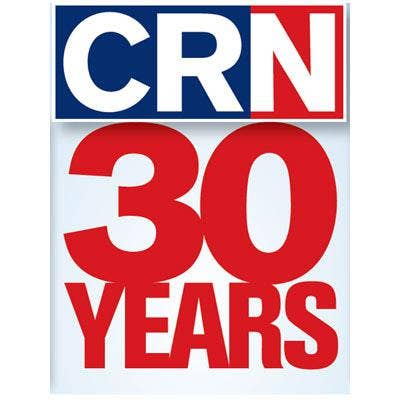
CRN Hall of Fame Inductees, 1999: Then and Now
As CRN celebrates its 30th anniversary this year, we are looking back at some of our coverage throughout the years and revisiting some of our favorite projects and special reports. Once such project was the creation of the CRN Industry Hall Of Fame, founded in 1997 to honor the technical innovation and business acumen of the men and women responsible for jumpstarting the Information Age. Here, we take a look back at the third class of inductees, why they were chosen and what they're up to now.
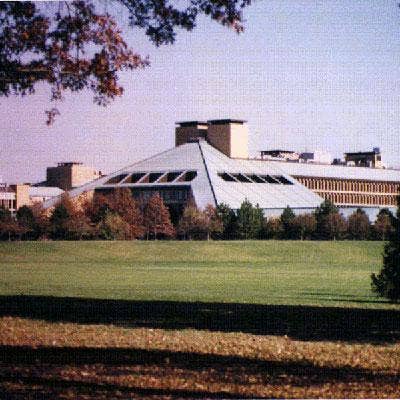
Bell Labs
Achievements: Bell Labs, the product of the merger of the engineering departments from AT&T and Western Electronics in 1925, is known for its prestigious scientists, who over the years have received thousands of awards, fellowships and recognitions -- including Nobel Prizes in Physics and the National Medal of Technology -- and hold over 25,000 patents. Bell Labs made significant strides in the evolution of the tech industry with its development of RAM devices and a fiber-optic telecommunications system. In the 1990ss it continued to develop pioneering digital cellular technology and led the way in Internet-based communications.
Today: Bell Labs became the research branch of Lucent Technologies in 1996 and began focusing on the new fascination and demand for wireless technology. In 2001, the research facility struggled through a falsified data controversy, and in 2008 its parent company, Alcatel-Lucent, stopped all funds to the fundamental physics research lab. Since then, Bell Labs has gone from 30,000 research scientists to 1,000.
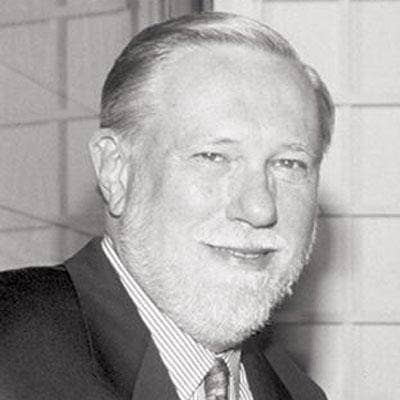
Charles Geschke
Achievements: Co-founder and president of Adobe from 1982, Geschke has been referred to as the Gutenberg of desktop publishing. After working for Xerox's Palo Alto Research Center, Geschke and colleague John Warnock left to start their own services company. Instead, they produced the PostScript programming language -- now the standard language for printing and imaging. Adobe went on to release key software developments, like Photoshop and Illustrator, and revolutionized the imaging world.
Today: Geschke retired in 2000, but remains co-chair of Adobe, alongside Warnock -- as the company they built together remains a leader in collaborative software and publishing technology. Last summer Geschke was inaugurated as holder of the Rossi Entrepreneurial Chair at the University of San Francisco, and was given an honorary doctorate in May as he gave the commencement speech for John Carroll University.
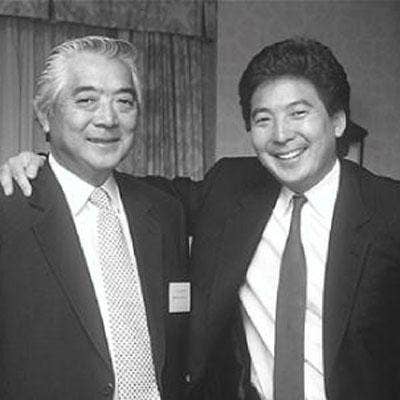
Rick and Joe Inatome
Achievements: The father and son team began in 1976 when Rick chose to work for his father, Joe, after graduating college. Together they started Computer Mart and made a million-dollar business out of assembling and reselling personal computers. Later changing its name to Inacomp Computer Centers, the Inatomes' company was one of the first PC dealers to sell outbound -- first to schools and later to corporations. The Inatomes made their mark on the channel by helping to shape the role and importance of VARs as they negotiated contracts between vendors and some of the biggest PC companies.
Today: Inacomp merged with Valcom in the 1990s and became Inacomp Corp., which was liquidated in 2003. Rick Inatome has held a plethora of positions since his days at Inacomp, including CEO and Chairman of Zapme, but currently he is the CEO of Infilaw Systems and a managing director of Sterling Capital Partners. Joe Inatome passed away in Florida June 2009.
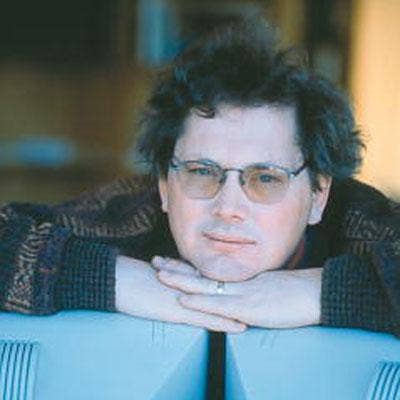
Bill Joy
Achievements: Bill Joy made a name for himself as Sun Microsystem's software expert. As co-founder and chief scientist of the tech giant, Joy led one of the earliest open-source development projects, created the company's network file system and developed the basic structure of Sun's microprocessor chips. Joy is also praised as the one behind the development of Java script coding, and continued his work at Sun on Java-based technology for mobile devices to communicate with each other over networks.
Today: In 1999 Joy co-founded HighBAR Ventures, and in September 2003 he left Sun. He went on to become a partner at KPMG. In 2005 Joy was made a partner of a venture capital firm where he invests in green energy. He was inducted into the Computer History Museum as a Fellow in 2011.
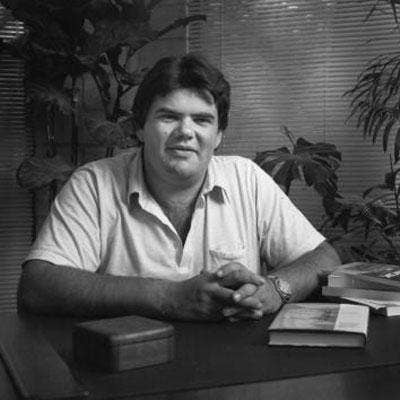
Phillipe Kahn
Achievements: Former CEO and chairman of Borland International, Phillipe Kahn founded Borland in 1984 to compete with the software giant Microsoft. Believing that tech companies' products were overpriced, Kahn is best known for his shockingly low-priced software and unorthodox marketing strategies -- now referred to as guerrilla marketing. He was an early supporter of object-oriented programming and was said to have a knack for seeing where the market was headed.
Today: Kahn resigned from Borland in 1995 under pressure from the board. He went on to start three other tech companies -- Starfish Software, LightSurf Technologies and FullPower Technologies -- and is credited with creating the first cell phone camera. Kahn is currently the CEO of FullPower, which builds mobile sensor technology. He also started the Lee-Kahn Foundation with his wife, Sonia Lee, as a way to sponsor non-profit organizations.
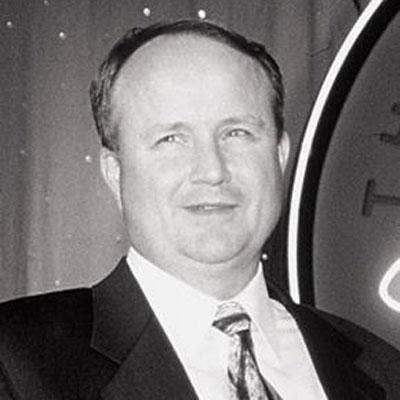
Drew Major
Achievements: Chief Scientist and Vice President of Advanced Development for Novell, Major is best known as the creator and majority coder of Netware, the network operating system formerly known as ShareNet. He is also credited with personally creating the LAN market and enabling an entirely new industry. Since Major and his 'Superset' team created the first file server in 1981, he achieved numerous programming feats as well as influence over Novell's strategy and product direction.
Today: In 2001 Major became Chief Scientist at Volera, but continued to work at Novell until 2003 when he left both companies to begin the video-on-demand startup Arroyo Video Solutions. Arroyo was bought by Cisco in 2006, where Major worked until 2010. He then became a full time advanced developer at Move Networks, a television-over-the-net startup he founded in 2000.
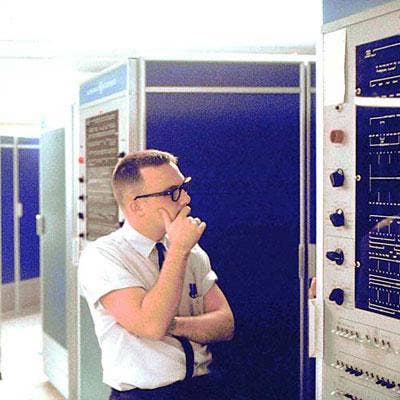
MIT Laboratory For Computer Science
Achievements: MIT's Project Laboratory For Computer Science (LCS) was home to Project MAC, born in 1963 and backed by $2.2 million in federal grants, created to develop a flexible computer system that could be shared by a large number of people. It built on earlier advances from LCS, including the development of the time-sharing via the Compatible Time Sharing System (CTSS), which was able to support up to 20 users at a time. Project Mac ran the CTSS on a central computer, acting as a predecessor to today's servers. The project is an ancestor to the LAN, had the first email, chat rooms and even a primitive word-processing program. It also spawned the operating system that would become Unix.
Today: The Lab's focus broadened as it received funding from various private and governmental sources, causing it to be divided into different but interacting research groups. In 2003 LCS merged with the Artificial Intelligence Laboratory to form CSAIL, which conducts research in a variety of computer science areas.
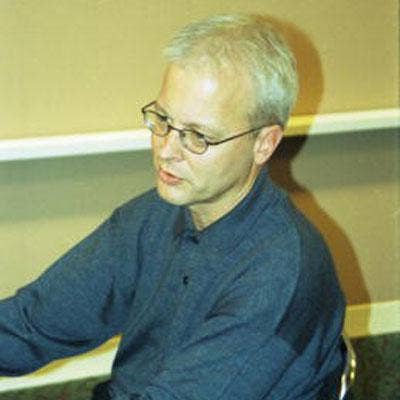
Ray Ozzie
Achievements: Ray Ozzie changed the way people thought of computer connectivity with his Lotus Notes software. Notes set the standard for the concept of groupware and helped PC users see the value of connecting with others through their PCs. With his industry-shifting software, Ozzie is credited by some as having paved the way for the internet.
Today: IBM bought-out Lotus in 1995 and two years later Ozzie left to form Groove Networks, a Beverly, Mass.-based software company specializing in productivity software. In 2005, Microsoft purchased Groove Networks and integrated the technology into its SharePoint software -- and named Ozzie CTO of Microsoft, where he later became Chief Software Architect de facto. In 2010 Ozzie stepped down from Microsoft, and earlier this year announced his new venture, Cocomo, focused on communication products for social interactions.
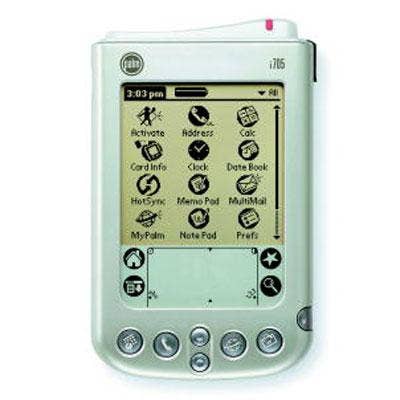
Palm Computing: Donna Dubinsky, Jeff Hawkins, Ed Colligan
Achievements: The Palm Computing "triple-threat" introduced the revolutionary handheld computing system known as the PalmPilot in 1996. Shipping more than 1 million units in the first 18 months, the PalmPilot was one of the first PDAs and forever changed the landscape of how professionals manage their information and contacts. The threesome left Palm in 1998, following the 3Com buyout the year before, and started Handspring Inc. -- whose Visor handhelds were said to have picked up where the PalmPilot left off. The company later developed the first Treo smartphones.
Today: In 2000, 3Com spun off Palm which acquired Handspring in 2003. In 2005 Hawkins and Dubinsky founded Numenta with the goal of creating a theory, and an implementing computer algorithm, about how the brain works -- after Hawkins published a book on the subject in 2004. In 2009 Ed Colligan stepped down as Palm CEO and now invests in small business ventures. In 2010, HP bought Palm for $1.2 billion.
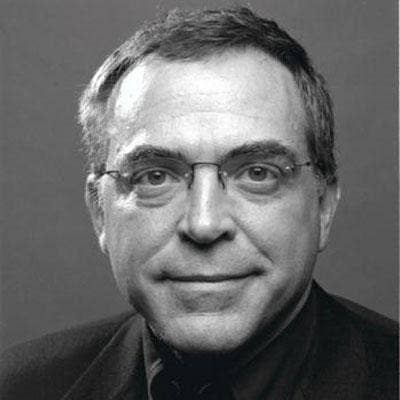
Steve Raymund
Achievement: As Chairman and CEO of Tech Data, Steve Raymund was heralded for his ability to turn a $3 million company into a $17 billion colossus. Raymund bought distributor Tech Data from his father Edward, a 1997 CRN Hall of Fame inductee, for $10,000 in 1981. In 1999 the company, originally Edward's 'side project', boasted a jump in revenue from $7.1 billion to $11.5 billion, with 17 percent growth in U.S. sales. Steve Raymund is known for his commitment to the company and desire to stay in tune with the industry as well as the distribution channel, seeking to understand them both as they evolved.
Today: Tech Data grew to become the world's second largest computer product distributor in 2004 -- trailing only Ingram Micro. In 2006 Raymund retired from Tech Data as CEO, but remains on the board, and is the Director of Wesco Distribution and PopCap Games.
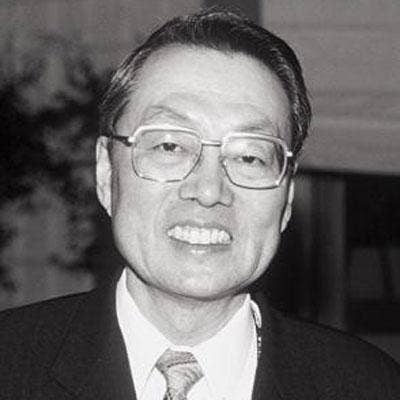
Stan Shih
Achievements: CEO and co-founder of the Acer Group, Shih is responsible for building up one of the world's biggest computer and peripheral makers while overseeing 120 different businesses with 34,000 employees worldwide. A native of Taiwan, Shih is one of the pioneers of the PC business in Taiwan and helped bring the country's economy into the modern industrial age. His vision to see every computer, no matter the brand, contain Acer components led the company to a sales relationship with all the top computer manufacturers and the company's own status as the third largest computer manufacturer in the world.
Today: Shih retired from Acer in 2004 and turned his focus to local charities and Aspire Park, the imaginative community he helped build in Taiwan as a way to nurture the technology industry. In 2007 he was appointed as the special representative of President Chen Shui-bian to the APEC Australia, and made headlines in recent years over his comments about the "short-term phenomena" of tablets and Microsoft's foray into hardware.
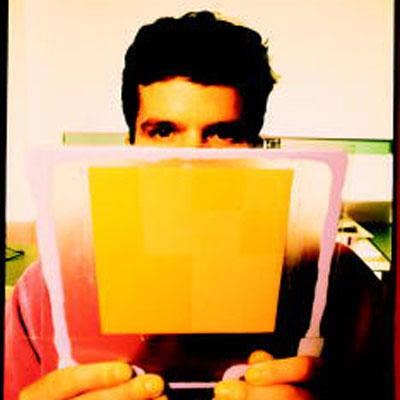
Xerox PARC
Achievement: Xerox's famed Palo Alto Research Center was founded in 1970 as the company's way to fund more future-oriented research, apart from its established R&D department. Credited with developing the laser printer, mouse, Ethernet, and modern-looking PC, Xerox Alto, Xerox PARC wrote the book on technological innovation and is responsible for many of the products driving today's computer market. While Xerox focused mainly on the printing business at the time, PARC was a launch pad for future innovators at Microsoft, Apple, Adobe, 3Comand other tech companies that gave Silicon Valley its name.
Today: While many of PARC's researchers moved on to academia or entrepreneurship, some stayed on and continued to develop the technology of the future. In 2002 PARC was transformed into an independent subsidiary of Xerox, still dedicated to the advancement of science and business with the support of commercial clients -- of which Xerox is the main, but not lone, buyer. PARC is currently researching "clean technology."

More From CRN's 30th Anniversary
30 Years In The Channel:
CRN's 30th Anniversary
1998 Industry Hall Of Fame Inductees
1997 Industry Hall Of Fame Inductees
10 Computer Ads From The Early 1980s